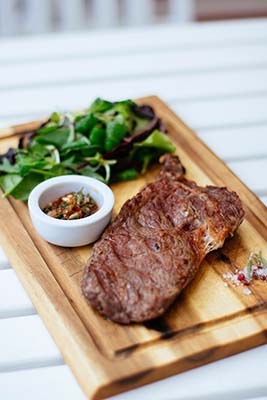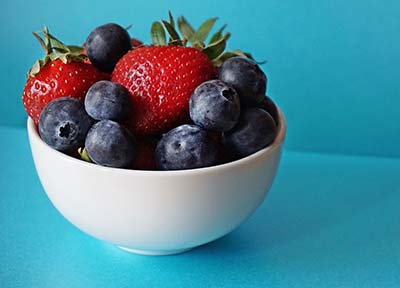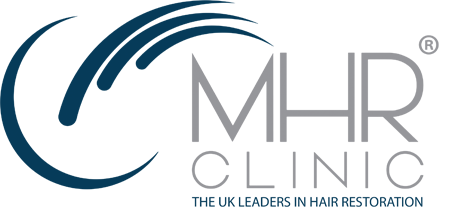Blog Updates

August-2019
IRON, VITAMIN C AND THE ROLE EACH PLAYS IN A HEALTHY HAIR TRANSPLANT
07-08-2019
MHR Clinic consultant Ethan Denton looks at some essential vitamins and minerals for great hair restoration results.
Receding Hairlines
As hair begins to recede at the front of the scalp, SMP can be carried out to restore the hairline. Using advanced techniques it’s possible to create a natural, feathered and broken simulation of closely cropped hair, so only a trained eye can spot the treatment and tell a hairline is receding. SMP only becomes noticeable to others if the hairline is sharp, straight or too low on the forehead, or if the pigment shade is too light or dark. Our SMP work avoids this so you receive undetectable results.
Alopecia Totalis
Alopecia Totalis is an auto-immune disorder that causes total hair loss on the scalp. The condition affects men and women in equal numbers and can occur at any age, but it is more likely to affect teenagers and young people between 14 and 30 years old. It is common in people with other autoimmune conditions, such as an overactive thyroid, Crohn’s disease or diabetes. SMP can restore the look of a closely shaved full head of hair by covering the crown, sides, back and hairline on the scalp with carefully selected pigments to match skin tone and age.

Vitamin C has numerous benefits when maximising the results from a hair transplant or medical hair restoration program.
The human body requires certain proteins, vitamins, and minerals to efficiently produce healthy hair.
The role of iron in the lifecycle of a hair follicle has been well studied and documented. It has been found to be a vital constituent in an enzyme, called ribonucleotide reductase, which is essential for cell division in the follicle bulb. A lack of iron can result in freshly transplanted follicles struggling to generate new cells at a time when it is important for them to remain healthy and ready to produce healthy hair.
Furthermore, a low store of iron in the body results in less haemoglobin in the blood, which subsequently reduces the amount of oxygen carried to cells for growth and repair, including follicle cells that stimulate hair growth. For these reasons MHR Clinic advises clients on the benefits of ensuring their diets are balanced with a healthy amount of iron in the weeks and months before and after a hair transplant.
After determining a client’s dietary preferences we recommend those who eat meat consume at least two 4-ounce portions of red meat per week during their treatment program.
Where white meats are favoured by our clients, we suggest lean proteins such as pork and salmon are eaten. And for vegetarians, we highlight the value of lentils, beans, peas, spinach and other dark leafy greens.
All of these foods provide sufficient iron to promote good cell division inside follicles so they remain healthy and in optimum condition to produce strong hair growth.
Which brings us to the importance of vitamin C in sustaining healthy follicles during the entire hair transplant process.

A twice-weekly intake of red meat maintains iron stores at a level to support cell division in transplanted hair follicles.

Salmon is an ideal substitute source of iron for those who prefer fish to meat.
Vitamin C helps your body absorb iron through both the stomach and intestine walls. It also enables the mobilisation of iron out of storage in the body and into bodily systems and functions.
Its power to bind to iron and carry it to essential destinations for healthy cell reproduction is why we advise clients to consume foods with high vitamin C content alongside those with high iron content.
Furthermore, vitamin C is a potent antioxidant helping to rid the body of free radicals which thwart healthy hair growth. And it is also an essential component in the production of collagen which strengthens capillaries supplying nutrients to the hair shafts, keeps hair strong and prevents it from ageing.
But as vitamin C, or ascorbic acid, is a water-soluble vitamin our bodies don’t store it or accumulate too much of it in our systems, which is why daily intake is highly important.
Lemon, oranges, blueberries, strawberries, green leafy vegetables including cabbage, blackcurrants, broccoli, kiwi, guava, sweet potatoes and papayas are rich sources of vitamin C that you should consume daily alongside iron when undergoing hair restoration.

Vitamins and minerals have an important part to play in achieving the best hair restoration results possible.
